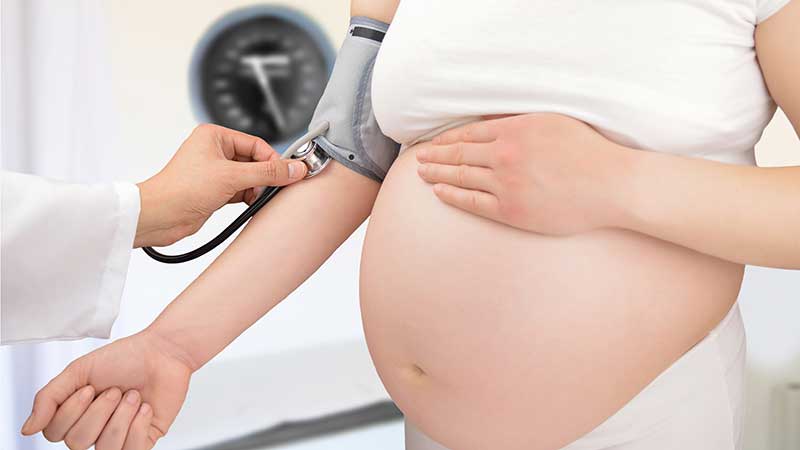Understanding Preeclampsia
Introduction
Preeclampsia is a condition that typically arises after the 20th week of pregnancy and is characterized by high blood pressure and damage to various organs. It affects about 5-8% of pregnancies worldwide and can range in severity from mild to severe. Understanding its causes, symptoms, and potential risks is crucial for expecting mothers and their healthcare providers.What is Preeclampsia?
Preeclampsia is a complex pregnancy-related disorder that involves a sudden increase in blood pressure, often accompanied by high levels of protein in the urine. The exact cause of preeclampsia remains elusive, but it is believed to originate from problems in the placenta, which plays a crucial role in nourishing the growing fetus.Causes of Preeclampsia
While the exact causes are not fully understood, several factors contribute to the development of preeclampsia. These include genetics, underlying medical conditions, immune system malfunctions, and problems with blood vessels’ inner lining. Research is ongoing to uncover the intricate web of factors that contribute to this condition.
Symptoms and Signs
Preeclampsia can manifest through various symptoms such as persistent headaches, visual disturbances, swelling, and abdominal pain. Regular prenatal check-ups are vital to monitor blood pressure and other indicators, as some individuals may not experience noticeable symptoms.Diagnosis and Monitoring
Preeclampsia diagnosis involves tracking blood pressure, urine protein levels, and often, blood tests to assess liver and kidney function. Regular monitoring is essential to detect any changes and ensure timely intervention if needed.Potential Risks and Complications
Preeclampsia poses risks not only to the mother but also to the baby. Complications can include restricted fetal growth, premature birth, placental abruption, and even maternal organ damage. Early detection and proper management are critical to minimizing these risks.Effect on the Baby
The condition can affect the baby’s growth and development due to reduced blood flow through the placenta. This can lead to low birth weight and potential developmental issues. Adequate prenatal care and medical supervision can help mitigate these effects.Managing Preeclampsia
Managing preeclampsia involves a multi-faceted approach. Depending on the severity, interventions may include medications to lower blood pressure, bed rest, and in severe cases, early delivery of the baby.
Prevention Strategies
While preeclampsia cannot always be prevented, certain strategies can lower the risk. Regular exercise, maintaining a healthy weight, and managing chronic conditions can contribute to a healthier pregnancy.Medical Interventions
Medical interventions focus on maintaining stable blood pressure levels to reduce the risk of complications. Medications such as antihypertensives may be prescribed, and close monitoring is essential.Lifestyle Adjustments
Simple lifestyle adjustments like reducing salt intake, staying hydrated, and getting sufficient rest can positively impact blood pressure levels and overall well-being during pregnancy.Nutrition and Hydration
A well-balanced diet rich in nutrients, including sufficient calcium and magnesium, can support cardiovascular health and potentially reduce the risk of preeclampsia.Regular Prenatal Care
Regular prenatal visits allow healthcare providers to monitor blood pressure, assess symptoms, and make informed decisions about managing preeclampsia.Support and Awareness
Raising awareness about preeclampsia among pregnant individuals, healthcare providers, and communities can lead to earlier detection and improved outcomes.Repair and Revive: Damaged Hair Care
Conclusion
Preeclampsia is a condition that demands attention and awareness. By understanding its causes, recognizing symptoms, and taking proactive steps, expectant mothers can navigate this challenge with informed decision-making and appropriate medical guidance. Remember, knowledge is power, and in the journey of pregnancy, being empowered can make all the difference.Is Shuri Castle a UNESCO World Heritage Site?
Shuri Castle is indeed a UNESCO World Heritage Site. This magnificent castle, located in Okinawa, Japan, showcases the rich history and cultural significance of the region. As one of the most well-preserved castles in the country, Shuri Castle offers a glimpse into the Ryukyu Kingdom’s legacy. Be sure to visit this iconic site to witness the wonders of shuri castle unesco world heritage.








